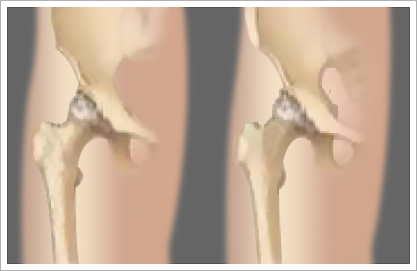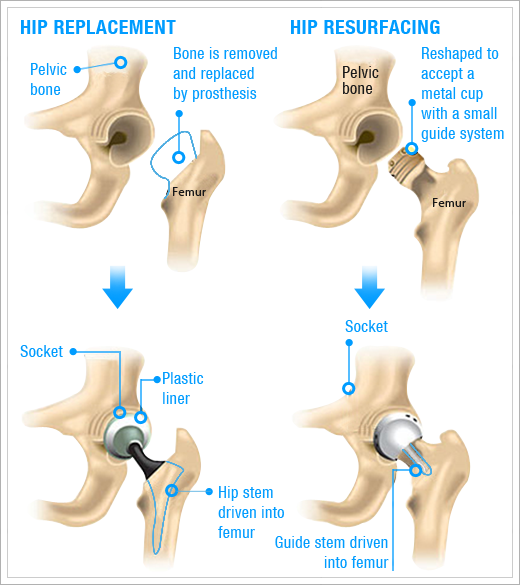 MIOT Hospitals is pioneer in Joint replacement surgeries with 37 years of Experience.
MIOT Hospitals is pioneer in Joint replacement surgeries with 37 years of Experience.
Hip Surgery Procedures
- Home
- Hip Surgery Procedures
-
Hip Replacement
Details -
Hip Conditions
Details Arthritis is not a symptom of “just getting old”
Arthritis is not a symptom of “just getting old” -
Why Hip Replacement Surgery
Details MIOT dreams of a world where you are pain free.
MIOT dreams of a world where you are pain free. -
Hip Surgery Procedures
Details Explore a range of hip replacement procedures.
Explore a range of hip replacement procedures. -
Preparation for Surgery
Details Replacing joints has really come of age with this introduction of computer navigation.
Replacing joints has really come of age with this introduction of computer navigation. -
Hip Replacement Surgery Information
Details Hip Replacement Surgery Information
Hip Replacement Surgery Information -
Hospital Stay
Details While you’re at MIOT, we prepare you before the surgery, operate and treat you further.
While you’re at MIOT, we prepare you before the surgery, operate and treat you further. -
Recovering at Home
Details Your hip replacement should give you years of service protect it by taking a few simple steps.
Your hip replacement should give you years of service protect it by taking a few simple steps. -
How much would it cost?
Details Hip replacement surgery cost varies with the type of implant and the hip condition.
Hip replacement surgery cost varies with the type of implant and the hip condition. -
Videos
Details Explore hip replacement surgery videos.
Explore hip replacement surgery videos. -
FAQ
Details Got questions? Read on to have your queries answered.
Got questions? Read on to have your queries answered. -
Enquire online
Details Leave us an enquiry for our expert’s opinion.
Leave us an enquiry for our expert’s opinion.
Standard Hip Replacement Surgery

A standard hip replacement operation takes 1-1/2–3 hours. The patient may be given a choice of general, spinal, or epidural anesthesia. An epidural anesthesia, which is injected into the space around the spinal cord to block sensation in the lower body, causes less blood loss and also lowers the risk of blood clots or breathing problems after surgery. After the patient is anesthetized, the surgeon makes an incision 8–12 in (20–30 cm) long down the side of the patient’s upper thigh. The surgeon may then choose to enter the joint itself from the side, back, or front. The back approach is the most common. The ligaments and muscles under the skin are then separated.
Once inside the joint, the surgeon separates the head of the femur from the acetabulum and removes the head with a saw. The surgeon uses a power drill and a special reamer to remove the cartilage from the acetabulum and shape it to accept the acetabular part of the prosthesis. This part of the new prosthesis is a curved piece of metal lined with plastic or ceramic.
After selecting the correct size for the patient, the surgeon inserts the acetabular component. If the new joint is to be cemented, the surgeon will attach the component to the bone with a type of epoxy. Otherwise the metal plate will be held in place by screws or by the tightness of the fit itself.
To replace the femoral head, the surgeon first drills a hollow inside the thighbone to accept a stem for the femoral component. The stem may be cemented in place or held in place by the tightness of the fit. A metal or ceramic ball to replace the head of the femur is then attached to the stem.
The incision is then washed with saline solution as a safeguard against infection. The sutures used to close the deeper layers of tissue are made of a material that the body eventually absorbs, while the uppermost layer of skin is closed with metal surgical staples. The staples are removed 10–14 days after surgery.Finally, a large triangular pillow known as a Charnley pillow is placed between the patient’s ankles to prevent dislocation of the hip during the first few days after surgery.
Hip Procedures performed At MIOT, Hospitals
- Acetabular reconstruction and hip replacement
- Bone Conserving hip replacement
- Revision hip replacement / revision hip arthroplasty
- Minimally invasive Uncemented Hip replacement
Minimally Invasive Hip Replacement Surgery
 Minimally invasive surgery (MIS) is a new technique of hip replacement introduced in 2001. Instead of making one long incision, the surgeon uses two 2-inch (5 cm) incisions or one 3.5-1/2-inch (9 cm) incision. Using newly designed smaller implements, the surgeon removes the damaged bone and inserts the parts of the new prosthesis. MIS hip replacement takes only an hour and a half; there is less bleeding and the patient can leave the hospital the next day. As of 2002, however, obese patients or those with very weak bones are not considered for MIS.
Minimally invasive surgery (MIS) is a new technique of hip replacement introduced in 2001. Instead of making one long incision, the surgeon uses two 2-inch (5 cm) incisions or one 3.5-1/2-inch (9 cm) incision. Using newly designed smaller implements, the surgeon removes the damaged bone and inserts the parts of the new prosthesis. MIS hip replacement takes only an hour and a half; there is less bleeding and the patient can leave the hospital the next day. As of 2002, however, obese patients or those with very weak bones are not considered for MIS.
Click here for more details on “Minimally Invasive Hip Replacement Surgery”.
Revision Surgery
Revision surgery is most commonly performed to replace a prosthesis that no longer fits or functions well because the bone in which it is implanted has deteriorated with age or disease. Revision surgery is a much more complicated process than first-time hip replacement; it sometimes requires a specialized prosthesis as well as bone grafts from the patient’s pelvis, and its results are not usually as good. On the other hand, some patients have had as many as three revision operations with satisfactory results.
There are only a few centres for Revision Surgery in India MIOT is a very experienced centre – 30% of the orthopaedic surgeries performed At MIOT, hospitals are Revision Surgeries.
Click here for more details on Revision Surgeries and the challenges faced in revision surgery.
Hip Resurfacing
 Resurfacing today, involves shaving the ball or head of the femur, cementing a metal head onto it and making this articulate with an uncemented, hemispherical, metal socket. Therefore, the neck of the femur and part of the head are preserved. The idea is, that in young patients, if the prosthesis wore out, they would still have an intact femoral canal, thus making a revision operation much easier.
Resurfacing today, involves shaving the ball or head of the femur, cementing a metal head onto it and making this articulate with an uncemented, hemispherical, metal socket. Therefore, the neck of the femur and part of the head are preserved. The idea is, that in young patients, if the prosthesis wore out, they would still have an intact femoral canal, thus making a revision operation much easier.
